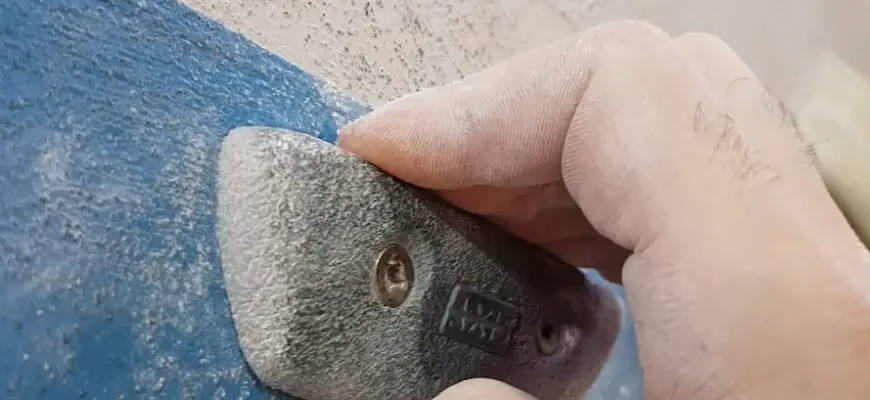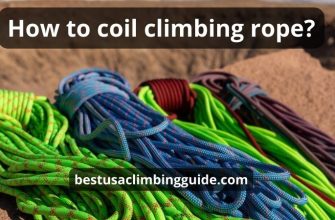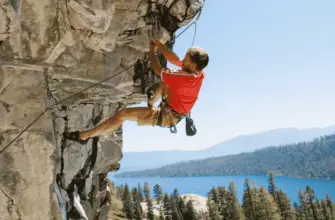Although reading up on some outdoor climbing tactics might not seem like the ideal strategy to improve your climbing, we have found that doing so significantly increases every climber’s performance.
Utilizing your feet and hands correctly, knowing how to achieve a perfect hand position, and ideally having four points of contact with the rock surface, are the foundation of any rock climbing movement. We will go through one of the many methods for making your fingers adhere to the rock like glue in this article.
Today, we’ll cover all there is to know about crimp grips, which are particularly helpful for face climbing.
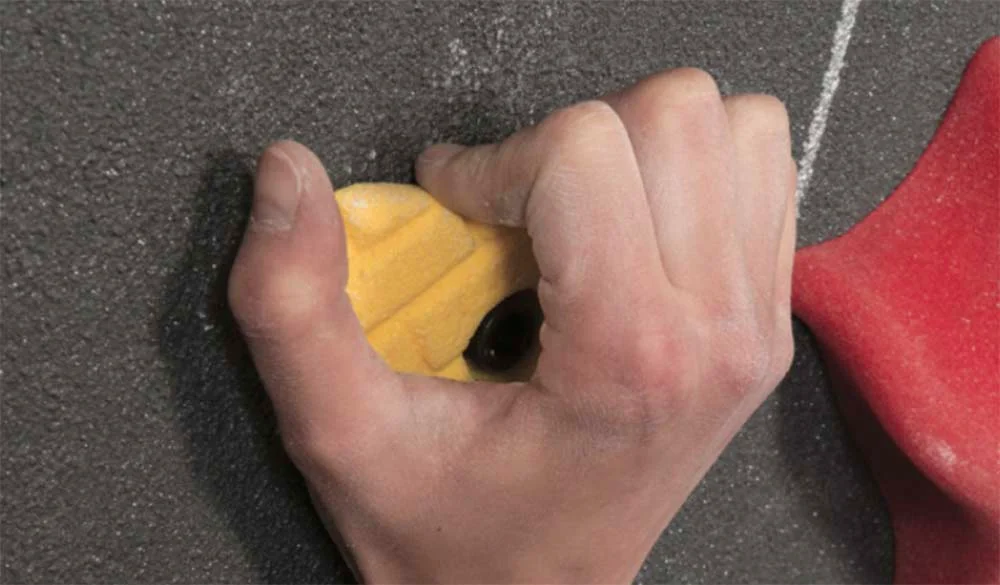
- What is a crimp in climbing?
- Read up on some details
- What is pinching in rock climbing?
- What dangers does crimp grip hold?
- High risk of injuries
- A piece of advice
- Possible injuries and traumas
- Traumatic injuries
- Chronic injuries
- The benefits of crimp oil for climbing
- What are the types of crimp grip positions?
- Open-hand crimp grip
- Muscles used in this kind of crimp grips
- you must be careful!
- Full crimp grip
- Full crimp grip technique
- Should I train full crimp?
- When should I use full crimp grips?
- Half crimp grip
- is half crimp grip safer than the other types of crimping grips?
- and again, you must be careful!
- Closed crimp
- In what cases do I need to use a closed grip?
- How to prepare yourself for climbing holds?
- Spin the pencil!
- Fingers slide
- How to perform crimping hand position correctly?
- Be aware!
What is a crimp in climbing?
If your thumb and index finger are burning while you are trying to grip onto a little hold on a vertical slope, congratulations then, you are crimping.
In rock climbing, the term “crimp” can refer to either narrow edges or handholds or how you grasp it and your hand positions (the “crimp grips”) when doing so.
Therefore, to put it simply, crimp grips are different kinds of hand position and how are your fingers bent when you grasp a small but positive edge.
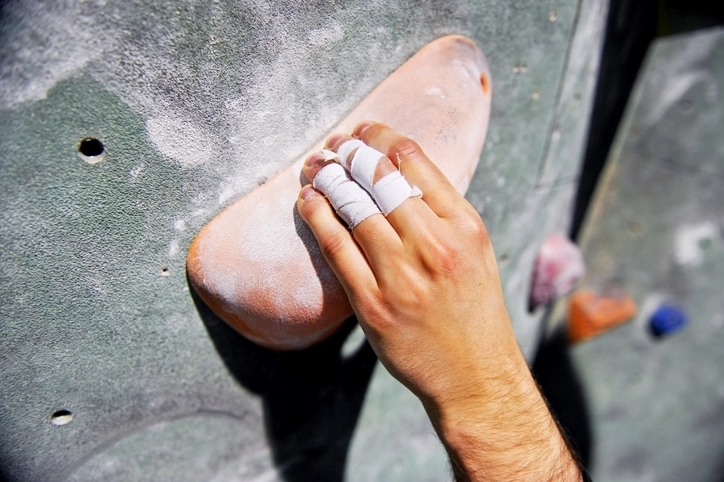
Read up on some details
Crimping is the process of bending the fingers in a precise way to grasp a thin, advantageous edge. Examining the DIP joints, which are located immediately below your fingernails, is the simplest way to determine if you are utilizing a crimp grip or not.
You are not crimping but rather employing the open-hand position when these dip and pip joints are extended outwardly. If they are turned inward, on the other hand, your hand is in a crimp grip position. Hyperextension of the first dip joints is what is happening here. The right body positioning matters.
What is pinching in rock climbing?
The pinch posture has a lot more variations than one might think, despite the fact that it could seem apparent. Pinching is that giant blobby gym hold that you keep falling off of, you climber. However, there are other ways to categorize the pinch movement from a scientific standpoint. These include things like how your car key turns and how your hands are held when holding chopsticks.

What dangers does crimp grip hold?
You can create an aggressive hand posture that is ideal for thin edges by bending your fingers in this way because it creates pressure in your hands and directs all of your strength onto your fingers.
High risk of injuries
However, your finger joints and finger tendons are also subjected to a great deal of stress as a result of this.
Due to the risk of a finger injury, it’s crucial to employ the proper technique and refrain from using the crimp grip excessively.
A piece of advice
A career in climbing unfortunately seems to be doomed to injuries. However, if we look for ourselves and take care of our finger joints and tendons, we can lessen the impact of a shift and recover from (for instance) index finger pain correctly.
Chronic injuries to the fingers are what we wish to prevent. All of the accomplishments that we have achieved in your climbing would be erased by long-term finger injuries.
So provide your body with several days to recover rather than attempting to force it through the discomfort. You will eventually be caught up to it, and the cost will be higher.

Possible injuries and traumas
These are some details you need to be aware of:
- Your fingers are stabilized by ligaments connecting the three bones that make them up.
- The muscles and bones are joined by tendons, which also transmit the force of the muscles acting on the bones. You can bend and crimp your fingers when climbing thanks to the tendons that run from your forearm muscles to your fingertips. They are referred to as flexor tendons.
- These tendons, ligaments, and connective structures are typically involved in climbing-related injuries to your fingers.
Traumatic injuries
Traumatic injuries can result from falling or making a large movement on a little crimp while using sloppy footwork and body positioning, which your fingertips simply couldn’t handle.
As damaged finger joints notably tend to stiffen when wounded, it’s vital to rest the afflicted body parts and gradually regain their flexibility to recover from such injuries.
As soon as there is no more discomfort, you should cease ascending. In order to thoroughly analyze the injury and assist you in regaining your strength, however, consult a physician or physiotherapist first.
Chronic injuries
Over time, injuries can result from overusing the tendons and muscles in your hands and fingers.
In this instance, the joints in the fingers, hands, wrists, and elbows are most frequently affected by non-traumatic wounds from chronic stress because they bear the majority of the climber’s weight.

The benefits of crimp oil for climbing
You can utilize crimp oil to massage your fingers to help them recover from crimping more quickly.
This will also assist to relax your muscles and tendons and prevent injuries.
Crimp oil is designed for climbers who are healing from hand and finger injuries and is composed entirely of essential oils. It prepares the skin on your fingertips for your upcoming crimping session and helps to relieve stress from sore tendons and joints.
What are the types of crimp grip positions?
There are various grips that are more preferable to utilize than others for each of these. You can’t use your climbing techniques to your full potential if you can’t properly grasp handholds. Every rock you come across when climbing requires a different gripping technique.
Numerous kinds of rock faces exist, such as those with smooth slopes, flat corners, pockets, or blocks, and each face necessarily involves a particular grip.
Open hand, half crimp, closed crimp, and full crimp are the four different types of grips that can be used for crimping.
The position of our thumb while crimping, as well as the angle our fingers and knuckles make, are indicators of the openness of a crimp grip.

Open-hand crimp grip
When employing an open grip, keep your fingers straight in the middle and use handholds with stretched fingers. Because you keep the majority of your joints straight in this posture, your bones will be less stressed.
When gripping slopers, an open grip works best since it always provides you additional contact area on your fingertips to grasp the sloping edge.
Although it would look like the weakest finger grasp of them all, it isn’t always the case. On slopers, an extended hand can add friction for a comfortable grip. You can still utilize it on edges and make it a component of your strongest and most frequently used climbing techniques.

Muscles used in this kind of crimp grips
Your fingers and shoulders are put under extra strain in the open hand crimps.
This exerts a significant amount of stress on your shoulders and fingers when you are trying to grip hold in the following move.
you must be careful!
Remember that an open-hand grip can increase the chance of finger injuries if you want to employ full crimp during your next rock climbing.
If you don’t take precautions, these dip joints injuries won’t ever fully heal.
When no other method can be used, it is preferable to employ the open-hand crimp. And using this strategy will be advantageous after careful practice on fake walls. This method works well for narrow edges.
And if your fingers become hurt in any way, don’t be reckless and push yourself to at least rest for a little.

Full crimp grip
The second type is full crimps. The most frequent application of full crimp grip is on handholds with a little uncut or recess.They can also be applied to grips with square cuts or handholds that allow you to press your fingertips in.
These holds are primarily found on cliffs made of limestone and granite.
Full crimp grip technique
To perform full grips, you need to place the pads of your fingertips on the edge of the hold to begin a full crimp. Next, attach your second joint by bending your fingers.
By placing pressure with your thumb on the index finger’s nail, you can do a thumb lock in full crimping. Your pulling power significantly increases and your crimp grip gets stronger and more powerful when you use the thumb lock in any body position.
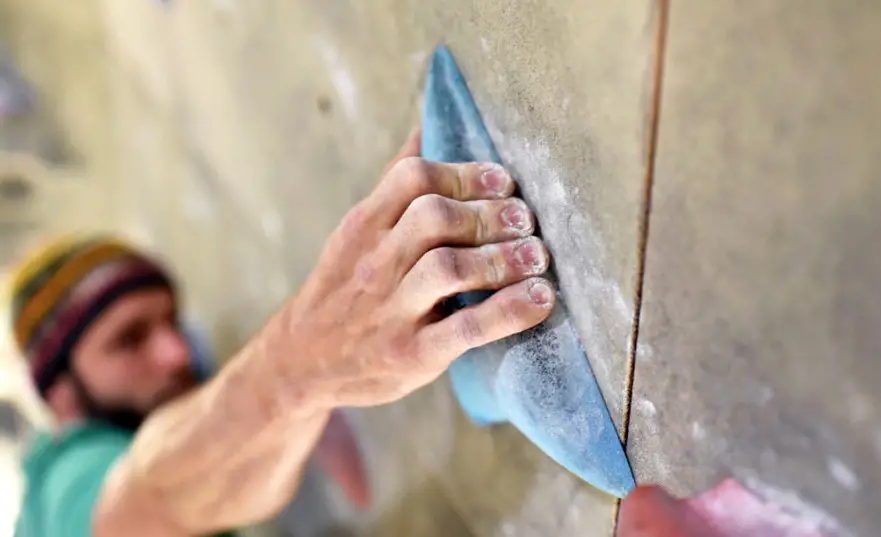
Should I train full crimp?
Regrettably, you should only employ the complete crimp grasp under genuine emergency circumstances if you want to avoid chronic finger injuries.
By doing this, you can prevent long-term damage to your tendons, joints, or muscles. Your fingers will suffer if you keep crimping, and in severe cases, it could end your climbing career.
If you’ve injured your finger while climbing and performing a full crimp, take it easy for however many days it takes for it to heal. Crimp grips shouldn’t even be used at your climbing gym, according to some.
When should I use full crimp grips?
A crimp is an extremely narrow edge, sometimes only big enough for the pads of your fingertips.
You’ll have a better angle to grip this edge if you can get your body weight down just next to your face. You can adhere to it if you combine it with the full crimp.
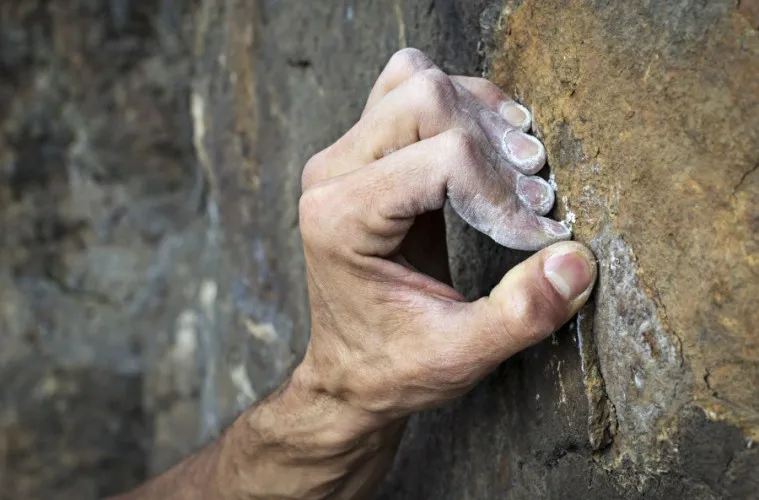
Half crimp grip
The next type of crimp holds is a half crimp grip. The thumb of your hand won’t lock on to the top of your index finger after you place it on the edged handhold, which is the fundamental distinction seen between half crimp grips and full crimp grips.
In half crimp, the grip is the same for small handholds during climbing, other than that.
is half crimp grip safer than the other types of crimping grips?
You’ll be relieved to learn that half crimp grip is so much more ergonomic, comfy, and stress-free than a full crimp grip after reading all of these cautions. However, it is a less effective grip than a full crimp grip.
The reason for this is that in this body position the thumb does not press downward, making it more difficult for you to keep your grasp as you draw yourself upward.
However, half crimp grips are employed in the same locations as full crimp grips might be used, namely at thin edges where the pads of the majority of your fingers can rest comfortably.

and again, you must be careful!
Utilize half crimp grips whenever possible in place of the full crimp grips to prevent injuries.
We promise you will keep your fingers healthier if you do that. You can hang onto the sloping handholds with the help of half crimp grips by using your forearm and hand power in addition to contact.
Full crimp grips, on the other hand, inflict incredible pressure on the finger joints and tendons.
By practicing half crimp grips on easier routes in the climbing gym, you can improve your technique and pulling power. More straightforward climbs are always preferable to fewer genuinely challenging ones.
Just be careful not to overdo it in order to come back and practice the next day.

Closed crimp
The first knuckle of your hand should be hyperextended to indicate a closed grip. The closed grip involves some upward push over the fingertips in order to bend the middle knuckle outwards because the hands can naturally bend inwards.
They may be explained as hanging from the fingertips’ bones rather than their skin in some cases.
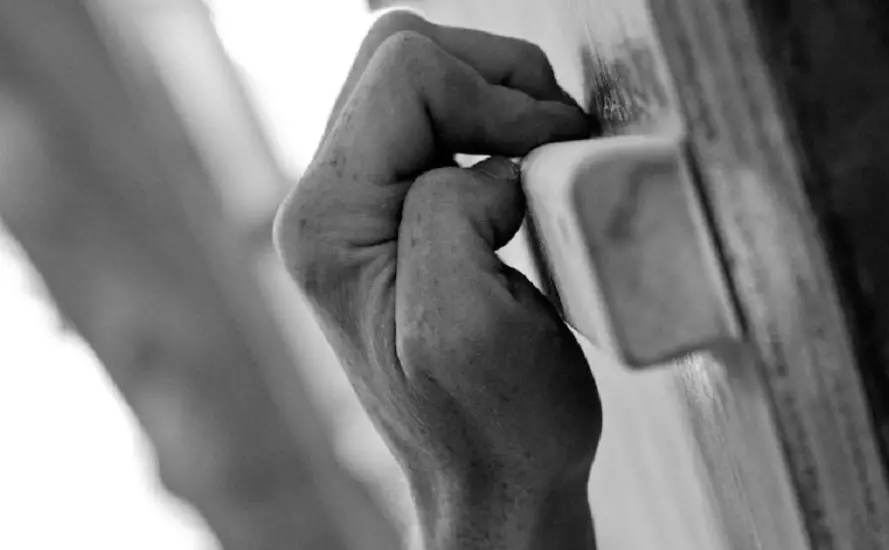
In what cases do I need to use a closed grip?
In certain locations, closed grips are required whereas in others they are not. Utilize them for tiny holds that lack the surface area for open grips. On certain slopes and edges, closed grips are also an option. Instead of simply hanging off the hold, dig your fingertips into the grip.
To prevent strain on tendons and joints, closed grip usage should be kept to a minimum.
The inability to sustain the friction of fingerholds is one of the key factors that can restrict crimp gripы techniques. Before beginning a climb, you must strengthen your fingers in order to use these tactics.
Because you will increase your capacity for patience and decrease your chance of injury by engaging in this activity.
How to prepare yourself for climbing holds?
In this article we will describe some tips and hand positions that can make you, your fingertips, each thumb, and index finger, your hands ready to perform such a difficult climbing technique.
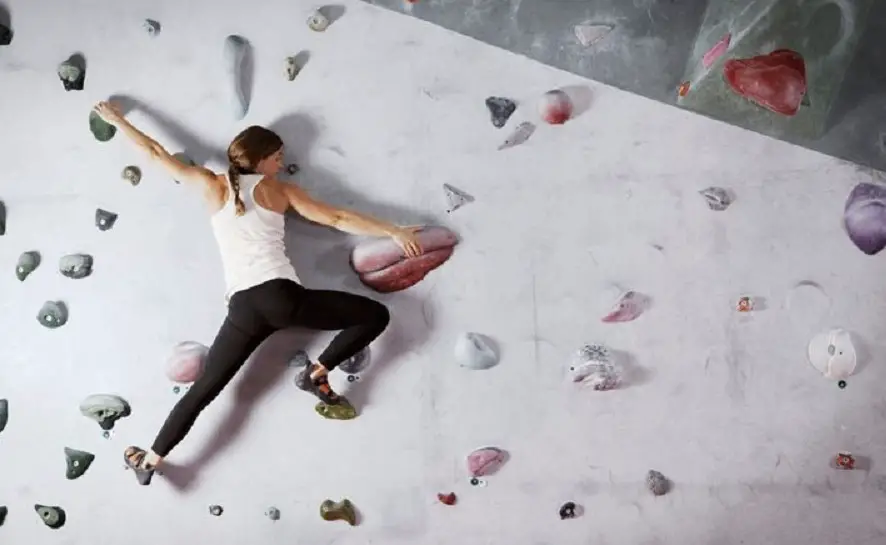
Spin the pencil!
Holding the pencil with just your fingers — not your thumb — raise your hand in the air. Your fingers will be touching your palm and bent over at an angle. Maintain this for 10 to 20 seconds, adjusting slightly if you sense the pencil starting to budge.
You could keep holding for another 10–20 seconds, it only depends on how your fingers feel. Then begin rolling each of your fingers over the pencil independently, which will make it turn in your hand.
A pencil or a pen can be used for this activity.
Fingers slide
There are no specific equipment or writing implements needed for this warm-up. Start by raising your fingers straight up. Simply shifting our fingers back and forth between open and closed positions will be all that we do.
The tips of your fingers should contact the top of your hand as you curl them. Next, extend each of your fingers fully. Then, without making a full fist yet, curl your fingers so that the tips of each finger are at the palm.
Retract your fingers to their full length. Make a fist that is completely closed.
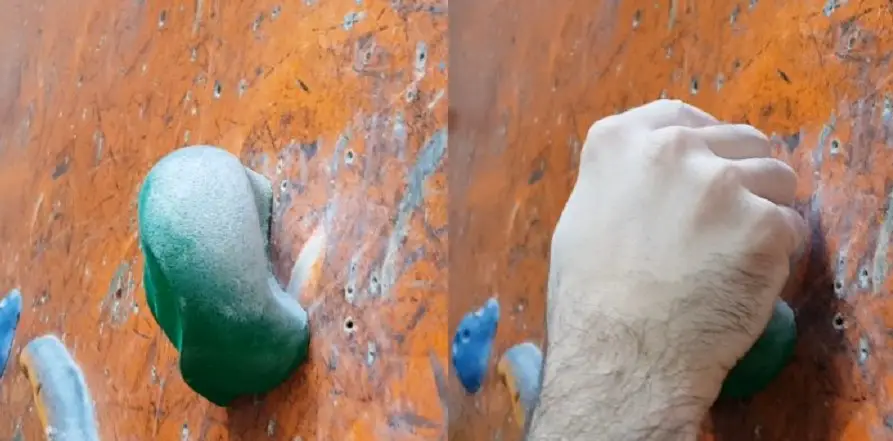
How to perform crimping hand position correctly?
It’s easier than you might think to crimp and use the right hand position while outdoor climbing.
But if you are not experienced enough, stay away from finger board!
The finger board should not be used until you have practiced climbing for at least two years, according to many climbers. According to this logic, utilizing crimp grips while climbing regularly will strengthen your every tendon, middle knuckle, and joint after two years of climbing alone.
Additionally, hangboarding won’t help you achieve better marks. Just finger strength will get you this far if you have bad climbing technique. One of the best preparation regimens you can follow when you’re first starting is to concentrate on climbing methods and hand position techniques.
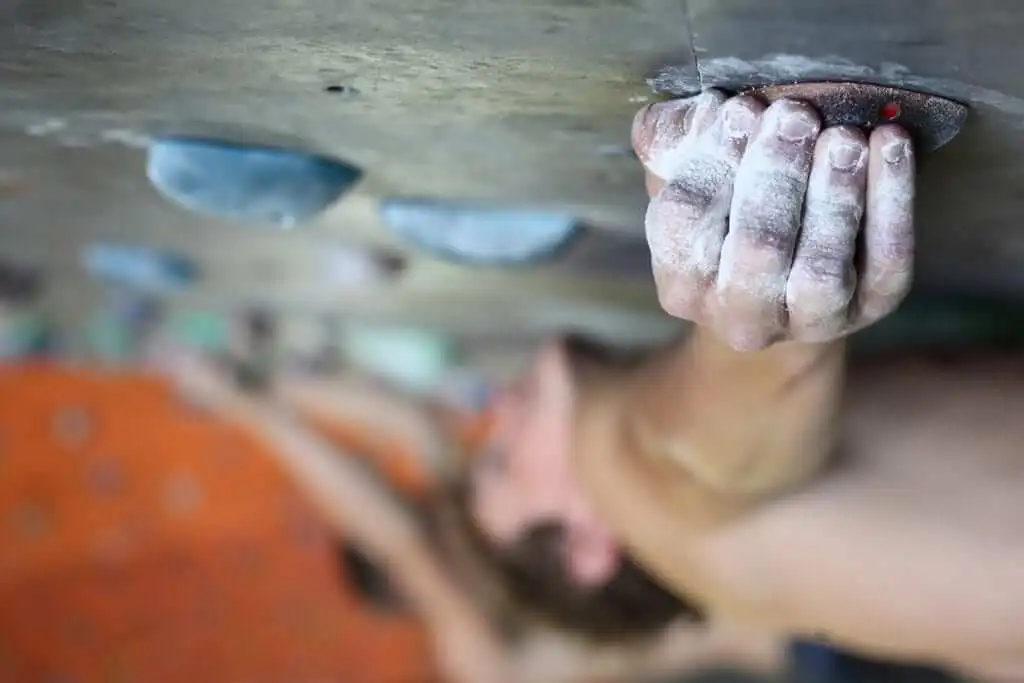
Be aware!
Quit using crimp grips too often and stop climbing excessively!
Performing this method excessively is a bad habit for some climbers. Do not overuse crimping, which is a powerful maneuver.
When using the closed crimp excessively, some people experience long-term injuries that we have already warned you about. They frequently seek strategies to reorganize their muscle memory in an effort to overcome the cognitive pattern of over-crimping.
Practice deadhangs at finger boards if you’re trying to figure out how to prevent yourself from crimping unnecessarily. You can purchase one of these for use at home or you can find one in the gym at your neighborhood sports center.

